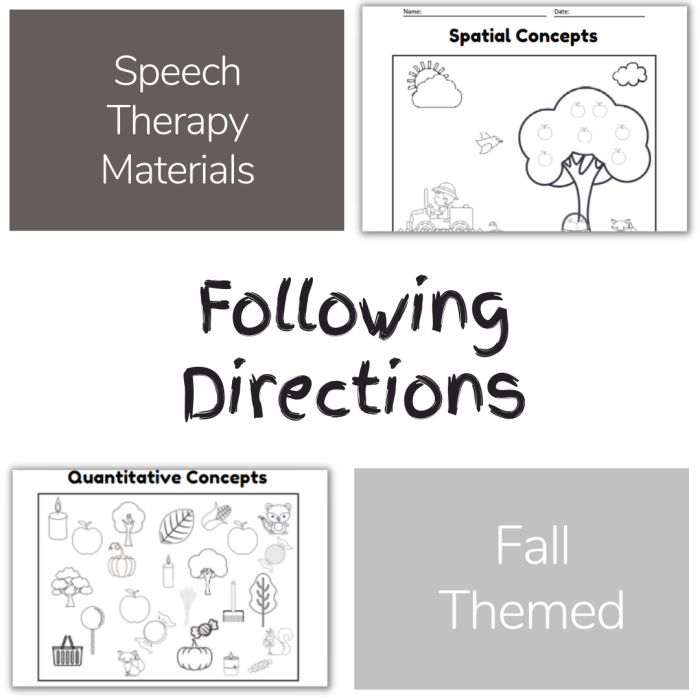Which of the following would… This phrase, a ubiquitous presence in our daily lives, holds immense power in shaping our choices, guiding our actions, and driving innovation. From multiple-choice exams to complex decision-making scenarios, it serves as an indispensable tool for evaluating options and selecting the most suitable path forward.
Join us as we delve into the multifaceted world of “which of the following would,” exploring its diverse applications, uncovering its role in problem-solving and hypothesis formulation, and examining its significance in design and strategic planning. Along the way, we’ll encounter real-world examples, practical tips, and thought-provoking insights to empower you in making informed decisions and unlocking your full potential.
Contextual Usage
The phrase “which of the following would” is used to present a list of options and ask the reader to choose one or more of them. It is commonly employed in various contexts, including:
1. Questionnaires and Surveys:
- Which of the following best describes your current mood?
- Which of the following factors have influenced your decision?
2. Multiple Choice Tests:
- Which of the following is the capital of France?
- Which of the following scientists discovered the theory of relativity?
3. Decision-Making Scenarios:
- Which of the following options would be the most effective way to resolve this issue?
- Which of the following investment strategies would yield the highest return?
4. Instructions and Manuals:
- Which of the following steps should be performed first?
- Which of the following settings should be used for optimal performance?
5. Product Descriptions and Comparisons:
- Which of the following features would be most beneficial for your needs?
- Which of the following products offers the best value for money?
In all these contexts, the phrase “which of the following would” serves as a way to narrow down the options and elicit a specific response from the reader. It helps to clarify the purpose of the question or scenario and ensures that the reader focuses on the relevant information.
Multiple Choice Applications

Multiple choice questions (MCQs) are widely used in various assessment settings to evaluate knowledge and understanding. The phrase “which of the following would” plays a crucial role in MCQs, as it directs the test taker to select the most appropriate option from a list of choices.
MCQs effectively assess knowledge and understanding by presenting a specific question or problem and requiring the test taker to demonstrate their ability to recognize the correct answer from a set of options. This format encourages critical thinking and problem-solving skills, as the test taker must analyze the question, eliminate incorrect options, and select the best answer.
Effective Use, Which of the following would
Effective use of “which of the following would” in MCQs involves presenting clear and unambiguous questions that accurately assess the intended learning objectives. The options should be well-defined, distinct, and relevant to the question. Additionally, the options should be presented in a logical order, such as chronological sequence or increasing complexity.
Ineffective Use
Ineffective use of “which of the following would” occurs when the question is vague or ambiguous, making it difficult for the test taker to understand the intended meaning. The options may also be poorly defined or overlap, leading to confusion and incorrect answers.
Additionally, presenting the options in a random or illogical order can make it more challenging for the test taker to identify the correct answer.
Decision-Making and Evaluation

The phrase “which of the following would” serves as a valuable tool in decision-making processes by presenting a set of options and guiding individuals toward the most suitable choice. It helps evaluate options systematically and select the one that best aligns with the decision-maker’s goals and criteria.
Evaluating Options and Selecting the Most Suitable One
In decision-making, it is crucial to consider relevant factors and criteria to ensure an informed and well-reasoned choice. The phrase “which of the following would” encourages individuals to consider these factors and evaluate each option based on its merits and drawbacks.
This approach helps identify the strengths and weaknesses of each option, ultimately leading to a more informed and logical decision.
For instance, when choosing a new investment strategy, an individual may use the phrase “which of the following investment strategies would provide the highest return on investment with an acceptable level of risk?” This prompts them to consider factors such as expected returns, risk tolerance, and investment horizon, enabling them to make a well-informed decision.
Hypothesis Formulation

Hypothesis formulation is a crucial step in scientific inquiry, where researchers propose potential explanations for observed phenomena. One common way to formulate hypotheses is by using the phrase “which of the following would.” This approach helps generate testable predictions and drives the research process.
By posing a question in this format, researchers establish a set of potential causes or factors that could account for the observed outcome. This narrows down the scope of the investigation and allows for specific predictions to be made.
Examples
- Which of the following variables would have an impact on plant growth: sunlight, water, or soil type?
- Which of the following factors would contribute to student performance: study habits, teacher quality, or socioeconomic status?
Problem-Solving and Troubleshooting
The phrase “which of the following would” plays a crucial role in problem-solving and troubleshooting by prompting individuals to consider potential causes and develop solutions. It facilitates the process of diagnosing and resolving issues by guiding the exploration of possible explanations and narrowing down the focus of the investigation.
Identifying Potential Causes
When faced with a problem, the phrase “which of the following would” encourages the identification of potential causes. By considering various possibilities, individuals can systematically eliminate unlikely factors and zero in on the most probable root of the issue. This process helps narrow down the scope of the investigation and allows for a more targeted approach to troubleshooting.
Developing Solutions
Once potential causes have been identified, the phrase “which of the following would” helps individuals develop and evaluate solutions. By considering different approaches, they can weigh the pros and cons of each option and select the most effective course of action.
This structured approach ensures that solutions are well-informed and tailored to the specific problem at hand.
Example
Consider the following scenario: a computer is not turning on. Using the phrase “which of the following would,” individuals can identify potential causes:
- Is the computer plugged into a power source?
- Is the power cord damaged?
- Is the power supply unit functioning properly?
By systematically considering these possibilities, the root cause can be identified and the appropriate solution can be implemented, such as replacing the power cord or repairing the power supply unit.
Planning and Strategy: Which Of The Following Would
The phrase “which of the following would” plays a crucial role in planning and strategy development by enabling organizations to consider various scenarios and make informed decisions.
This phrase helps organizations evaluate different options, weigh their potential outcomes, and choose the course of action that best aligns with their goals and objectives.
So, which of the following would you choose? If you’re looking for a thought-provoking read, check out the game by donald barthelme . It’s a unique and challenging story that will stay with you long after you finish reading it.
So, what are you waiting for? Dive into the game and see what happens.
Goal-Setting
When setting goals, organizations can use this phrase to identify specific objectives they want to achieve. By considering “which of the following would” best support their overall strategy, they can prioritize their goals and allocate resources accordingly.
- For example, a company may consider “which of the following would be the most effective way to increase market share”:
- Launch a new product line
- Acquire a competitor
- Increase marketing spend
Resource Allocation
Organizations can also use this phrase to make informed decisions about resource allocation. By considering “which of the following would” provide the greatest return on investment, they can prioritize their projects and allocate their resources wisely.
- For example, a non-profit organization may consider “which of the following would have the greatest impact on reducing poverty”:
- Providing job training programs
- Building affordable housing
- Offering financial assistance
Design and Innovation

The phrase “which of the following” plays a pivotal role in design and innovation processes. It encourages exploration of alternative solutions, sparks creative thinking, and facilitates the development of novel products, services, or processes.
Exploratory Value
By presenting a range of options, “which of the following” fosters a comprehensive exploration of the design space. It helps designers and innovators consider various possibilities, identify potential trade-offs, and make informed decisions.
Ideation and Creativity
The phrase stimulates creative thinking by encouraging the generation of multiple ideas. It prompts designers to think beyond conventional solutions and explore unconventional approaches. This process can lead to breakthroughs and innovative concepts.
Development of Novel Solutions
“Which of the following” facilitates the development of novel products, services, or processes by enabling the selection of the most promising options. It helps designers and innovators refine their ideas, identify areas for improvement, and develop solutions that meet specific requirements.
Helpful Answers
What is the purpose of “which of the following would” in multiple choice questions?
To assess knowledge and understanding by presenting multiple options and requiring the selection of the most appropriate answer.
How does “which of the following would” aid in decision-making processes?
By providing a structured framework for evaluating options, considering factors and criteria, and selecting the most suitable course of action.
What is the role of “which of the following would” in hypothesis formulation?
To generate testable predictions, drive scientific inquiry, and contribute to the development of research questions.
How does “which of the following would” facilitate problem-solving and troubleshooting?
By helping identify potential causes, develop solutions, and diagnose and resolve issues.
What is the significance of “which of the following would” in design and innovation processes?
To explore alternative solutions, generate creative ideas, and facilitate the development of novel products, services, or processes.